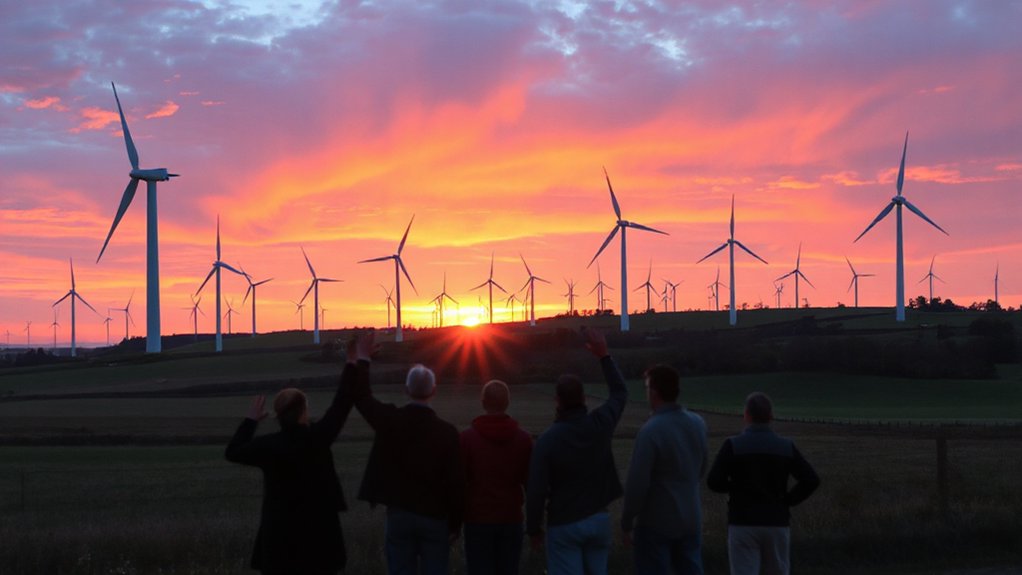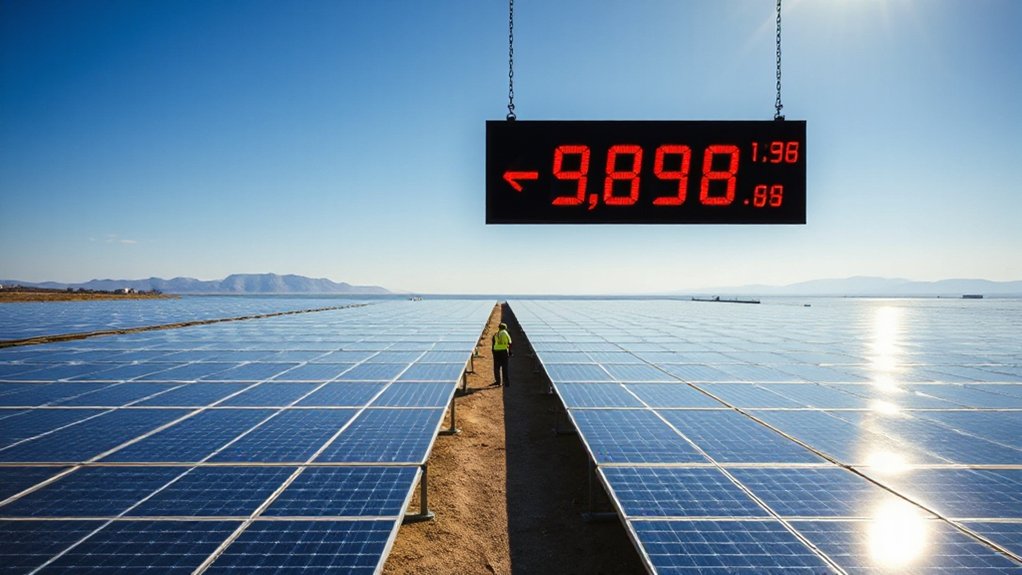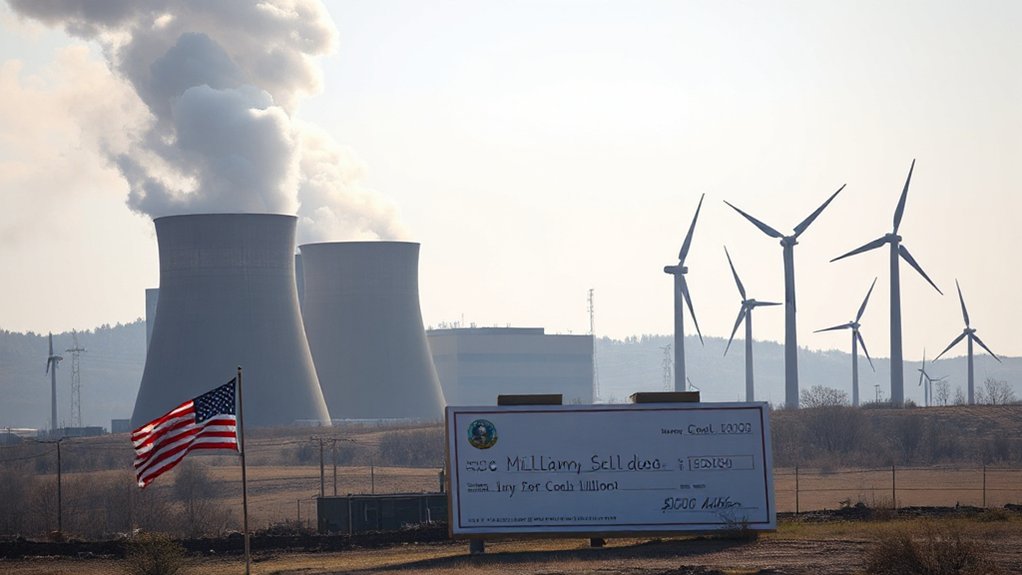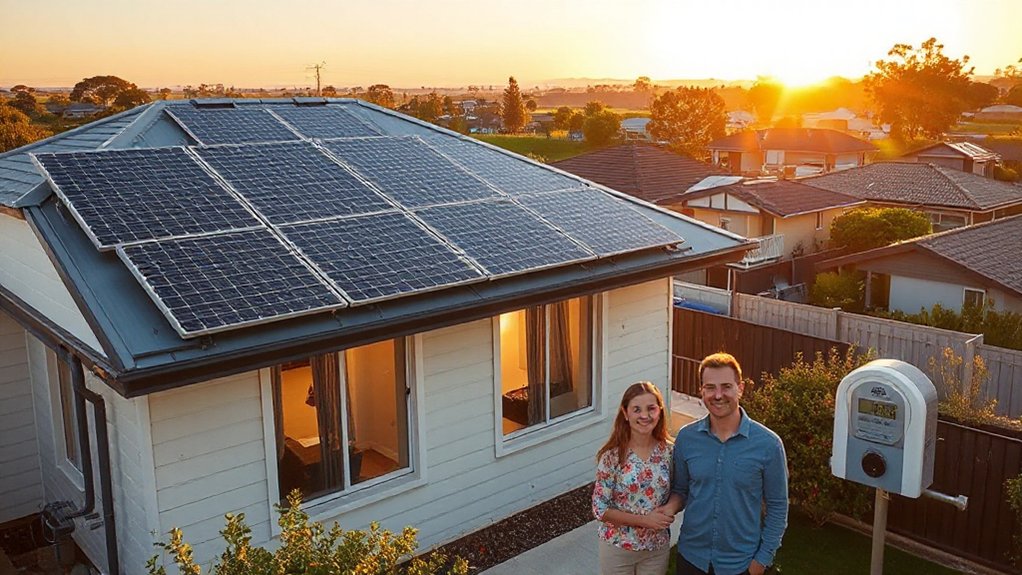Thermal energy isn’t just about sweating on hot days – it’s powering our world. From manufacturing plants to power generation, industries are getting smarter about capturing and reusing heat that would otherwise go to waste. Modern storage systems act like heat piggy banks, saving energy for later use. Solar collectors, geothermal pumps, and biomass systems are revolutionizing how we harness this power. With thermal technologies advancing rapidly, there’s a whole lot more heat to explore.
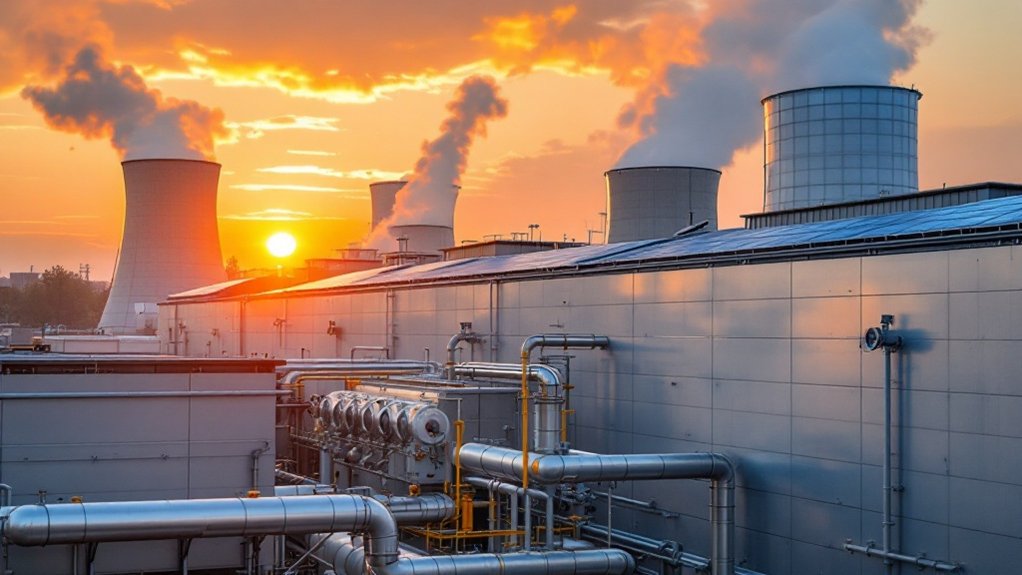
Heat – it’s everywhere, and we’re finally getting smart about using it. Those invisible waves of thermal energy, measured in joules and calories, are doing a lot more than just making us sweat on summer days. From the sun’s blazing radiation to the Earth’s core and even the friction of machinery, thermal energy is nature’s power player. And boy, are we learning to harness it.
Industries have gotten particularly clever about putting heat to work. Manufacturing plants use it to process materials, power plants turn it into electricity, and clever engineers are finding ways to capture and reuse waste heat that used to just vanish into thin air. It’s like recycling, but for energy. Who knew being hot could be so productive? Around ninety percent of industrial heating still relies on fossil fuels today. Modern data centers rely on thermal energy storage systems as crucial backup power during blackouts.
The real game-changer? Thermal energy storage. Think of it as a piggy bank for heat – save it now, use it later. This isn’t just some minor efficiency boost; we’re talking 30-60% improvements in energy efficiency. By 2027, this market’s expected to hit $8.8 billion. Not too shabby for storing something that used to just disappear into the atmosphere.
Renewable thermal technologies are stepping up to the plate too. Solar collectors, geothermal heat pumps, and biomass systems are giving fossil fuels a run for their money. These systems aren’t just eco-friendly alternatives – they’re becoming serious contenders in the energy market. Cogeneration systems efficiently produce both heat and electricity simultaneously, maximizing resource utilization.
And with proper insulation and heat exchangers, we’re getting better at keeping that precious warmth where we want it.
The environmental impact is nothing to sneeze at. Every bit of thermal energy we capture and reuse means less greenhouse gas emissions pumped into our atmosphere. It’s helping clean up the air in industrial areas and giving Mother Earth a much-needed break from fossil fuels.
Sure, we’ve still got a long way to go, but at least we’re finally putting all that heat to good use instead of letting it escape. After all, in a world that’s getting warmer, we might as well make those rising temperatures work for us.






